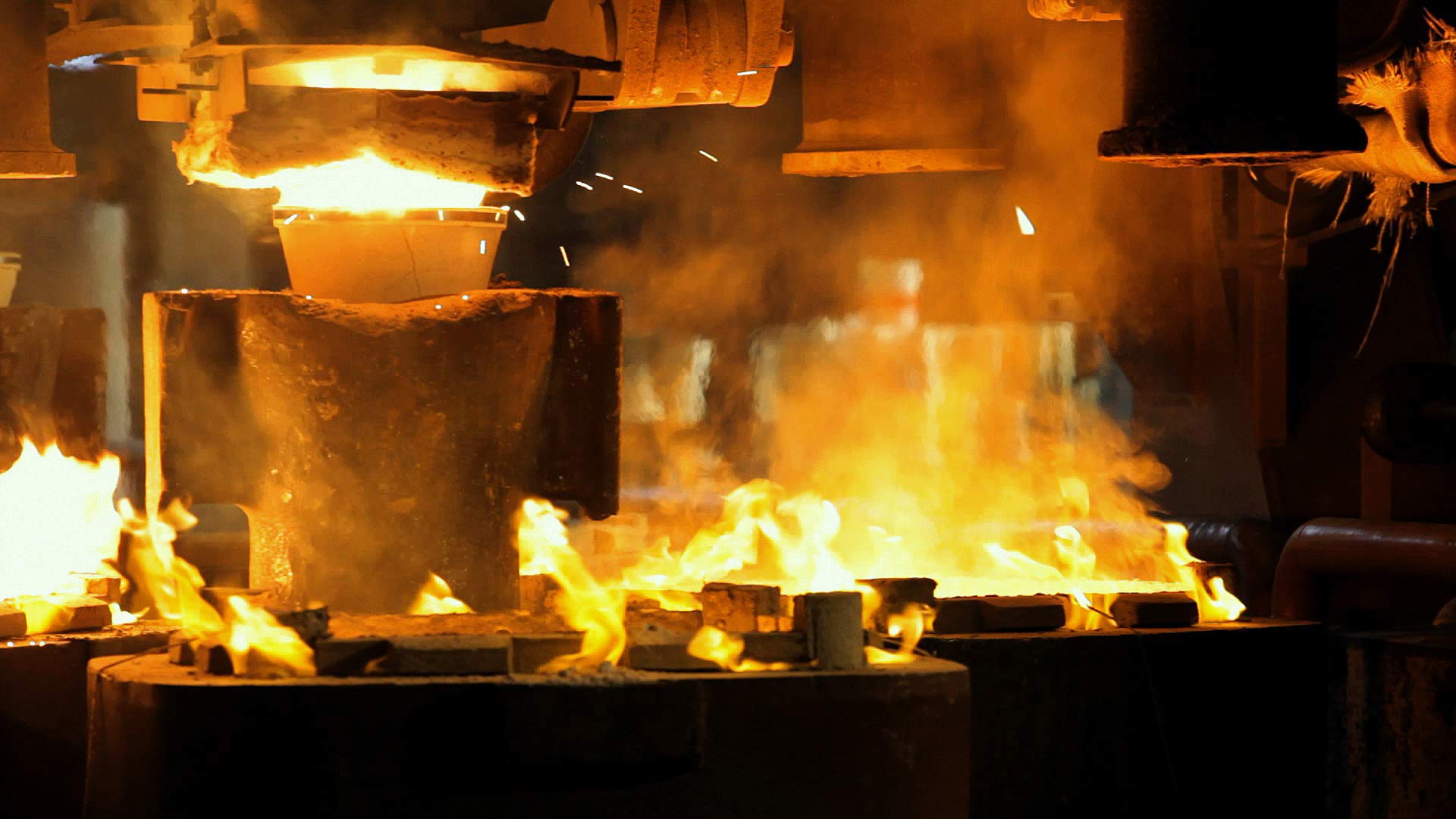Choose the measure unit in which display the data:
Valbruna Grade
X17AL
Steel type
Ferritic Stainless Steel
Description of material
X17AL is a 17% Chromium and Aluminium ferritic grade with good resistance to high temperature scaling.
Applications
X17AL is used where a combination of scaling resistance and moderate resistance of Sulphur and carburizing gases were required. It finds applications in industrial ovens, furnace equipment, heat exchangers, heat resisting tubes and high temperature devices.
Corrosion resistance
X17AL has both a good scaling resistance up to 950 -1000°C and Sulphur gases but a very poor resistance in nitriding environments. It should be noted that this grade is a heat resisting steel working at high temperatures and, therefore, its surface must be free of contaminant before using in order to obtain resistance to corrosion at such temperatures. In addition, this grade suffers with embrittlement when soaked or slow cooled at temperature between 410 to 560°C and sigma phase at 650-800°C.
Cold working
This grade is suitable for cold forming, in that is basically similar to X17L.
Machinability
X17AL has a machinability typical of all Ferritic machined grades not micro – resulphured. Productivity gain depends on the types of machines used, the kind of tools used and their geometry, cutting fluids and the kind of machine operations on the pieces produced. Its structure influences the surface finish (roughness) and the chip morphology. Within certain limits, a little bit harder structure typical of annealing + cold finishing (such as cold drawing) offers advantages in some machine operations and better surface roughness.
Weldability
It should be noted that this grade, as for every kind of ferritic steel, produces large grain structures in FZ and HAZ caused by high temperatures of welding with some risk of embrittlement at room temperature. Pre-heating could be required in certain situation while a PWHT should be applied in the case of a risk of low ductility in the weld deposit or in the case of exaggerated cold working of components. To avoid a ductility decrease in the weld and loss of Aluminium in the weld deposit, shielding gases such as Hydrogen and Nitrogen must not be used. Argon and Helium are the preferred choices. In any case, all welding procedures should apply and maintain low heat input processes. Austenitic fillers must be avoided in the case of Sulphur or Carburizing high temperature environments. Ferritic fillers are the right choice.
Hot working
X17AL has a good hot plasticity in a wide range of forging temperature. Avoid overheating and long soaking since this could cause grain growth. The last final steps of forging must be carried out at a lower temperature range with a suitable reduction in order to obtain a structure with fine and uniform grains. Large blooms and ingots may require a suitable preheating to avoid cracks and an air cooling after forging. Overheating must always be avoided in order to reduce the risk of internal bursts and a structure with large coarse grains. An annealing after forging should be always be performed in order to restore both a better corrosion resistance and enhance the ductility.
Designations
| W.N. | 1.4742 |
|---|---|
| EN | X10CrAlSi18 / X10CrAl18 |

